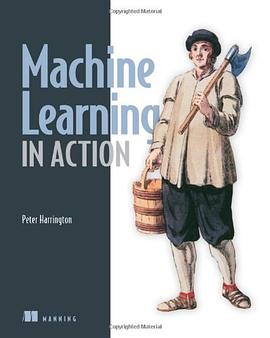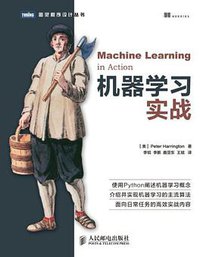Machine Learning in Action
豆瓣
Peter Harrington
简介
It's been said that data is the new "dirt"—the raw material from which and on which you build the structures of the modern world. And like dirt, data can seem like a limitless, undifferentiated mass. The ability to take raw data, access it, filter it, process it, visualize it, understand it, and communicate it to others is possibly the most essential business problem for the coming decades.
"Machine learning," the process of automating tasks once considered the domain of highly-trained analysts and mathematicians, is the key to efficiently extracting useful information from this sea of raw data. By implementing the core algorithms of statistical data processing, data analysis, and data visualization as reusable computer code, you can scale your capacity for data analysis well beyond the capabilities of individual knowledge workers.
Machine Learning in Action is a unique book that blends the foundational theories of machine learning with the practical realities of building tools for everyday data analysis. In it, you'll use the flexible Python programming language to build programs that implement algorithms for data classification, forecasting, recommendations, and higher-level features like summarization and simplification.
As you work through the numerous examples, you'll explore key topics like classification, numeric prediction, and clustering. Along the way, you'll be introduced to important established algorithms, such as Apriori, through which you identify association patterns in large datasets and Adaboost, a meta-algorithm that can increase the efficiency of many machine learning tasks.
contents
Part 1: Classification
1 Machine learning basics
2 Classifying with k-nearest neighbors
3 Splitting datasets one feature at a time: decision trees
4 Classifying with probability distributions: Na�ve Bayes
5 Logistic regression
6 Support vector machines
7 Improving classification with a meta-algorithm: Adaboost
Part 2: Forecasting numeric values with regression
8 Predicting numeric values: regression
9 Tree-based regression
Part 3: Unsupervised learning
10 Grouping unlabeled items using k-means clustering
11 Association analysis with the Apriori algorithm
12 Efficiently finding frequent itemsets with FP-Growth
Part 4 Additional tools
13 Using principal components analysis to simplify our data
14 Simplifying data with the singular value decomposition
15 Big data and MapReduce
